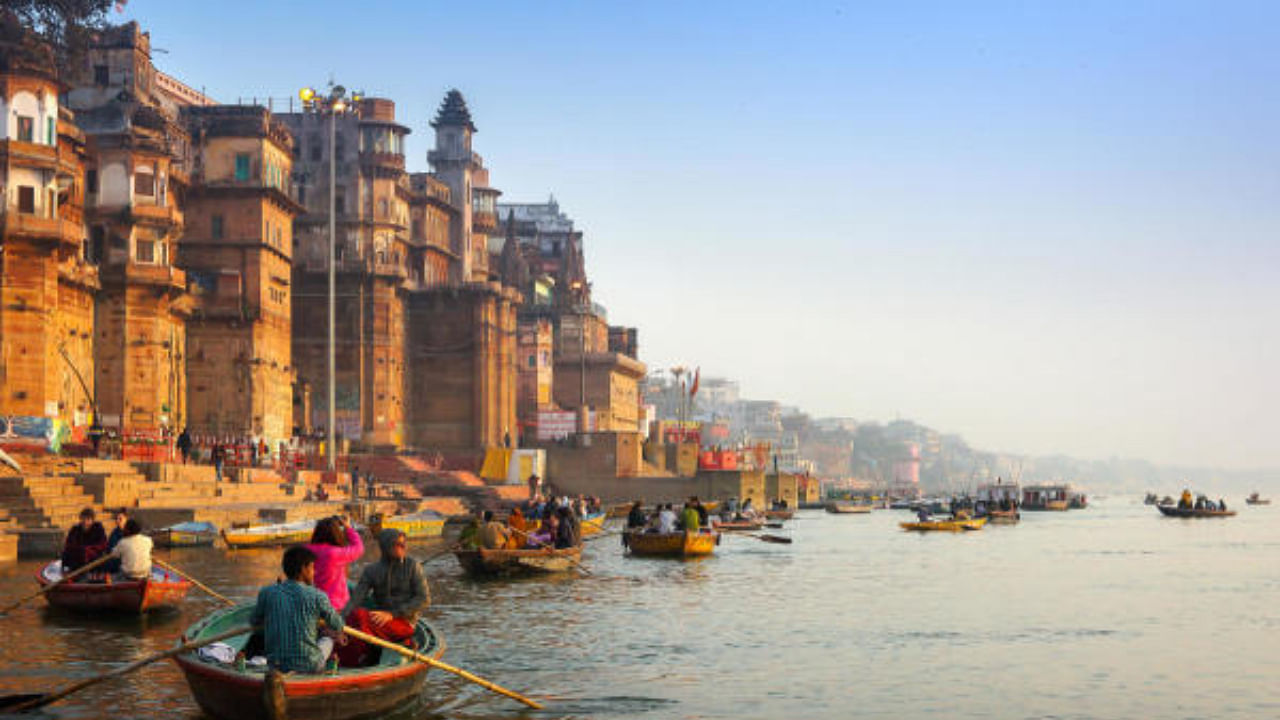
Seeking to crack a century-old puzzle, researchers at CSIR's National Environmental Engineering Research Institute (NEERI) have begun analysing sediments of the Ganga river with the hope that a detailed investigation would unearth the secrets of India's holy river, which contains a significantly high load of bacteriophage — a beneficial virus that kills bacteria.
For more than a century, scientists documented the "self-cleansing and special healing properties" of Ganga water and identified bacteriophage as the reason behind the same. But why is the bacteriophage load so high in Ganga compared to other rivers?
The answer, according to NEERI senior scientist Krishna Khairnar, lies in the sediments. "The ability of the bacteriophage to overpower the nuisance bacteria is appreciably high in Ganga water, but we do not know the reason behind it. We are getting into a deep dive into the sediment analysis," Khairnar told DH.
Bacteriophages are viruses that kill bacteria. What a cat is to a mouse, the bacteriophage is to a microbe. In fact, some of the early studies on Ganga water by British and French microbiologists introduced the phage virus to the world. The NEERI scientists suggest the river sediment in Ganga provides a safe haven to the virus.
"We are looking at what the sediment provides to the virus so that it remains safe for years. As the river flows through different geographies from Uttarkashi to Banaras to Patna, there must be something common to the sediment and special to Ganga. We will take a deep dive," he said.
Before the Covid-19 lockdown, Khairnar and his colleagues at NEERI explored the river water for a project commissioned by the National Mission for Clean Ganga. They took samples from 38 sites along the entire course of the river and compared the water quality with that of Yamuna and Narmada.
This study revealed the presence of 143 types of phages that are reported to have specific bactericidal activity against pathogens like Mycobacterium, Streptococcus, Pseudomonas, Yersinia, Salmonella, Staphylococcus, Klebsiella, Vibrio, Shigella, Clostridium, Acinetobacter, Erwinia, Aeromonas, Escherichia, Cronobacter, Enterobacteria, and Campylobacter even in the contaminated stretch of Ganga.
Also, a comparison with Yamuna and Narmada showed higher numbers of bacteriophages against pathogenic bacterial species in the Ganga.
The river is the most pristine in the first 100-200 km (upstream of Haridwar) while the self-cleansing properties diminish in the middle and lower stretches, with increased human activities leading to a rise in pollution load. The high bacterial load doesn't allow the bacteriophage to overpower the bad ones.
"We will study the surface chemistry of the sediments to know what keeps the virus functioning for three years at room temperature," Khairnar said. "The sediment makes the virus act very efficiently."
